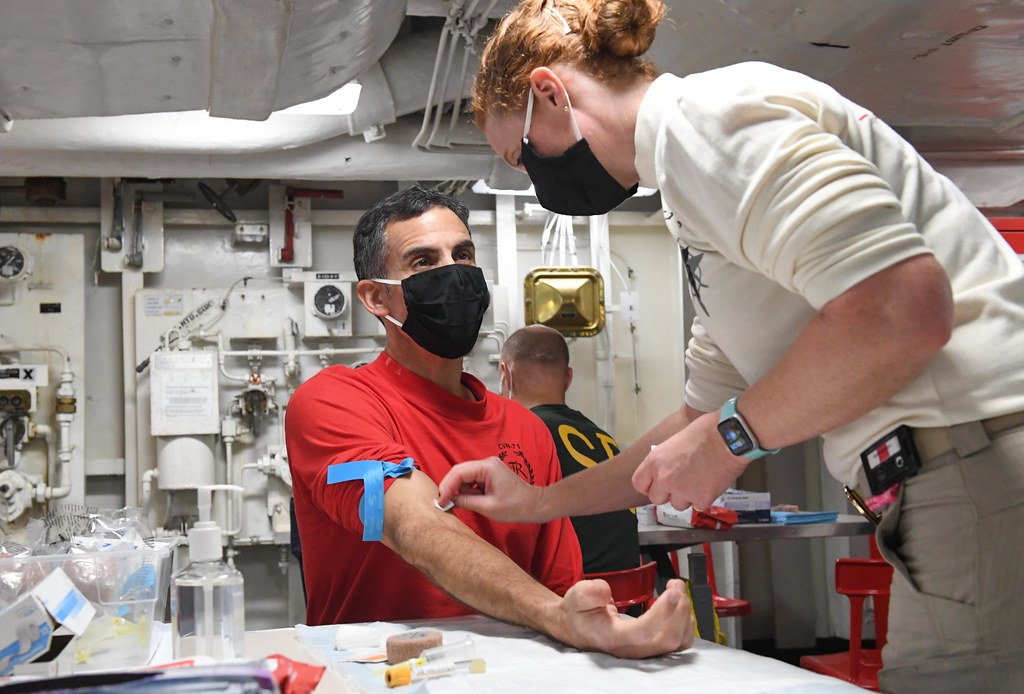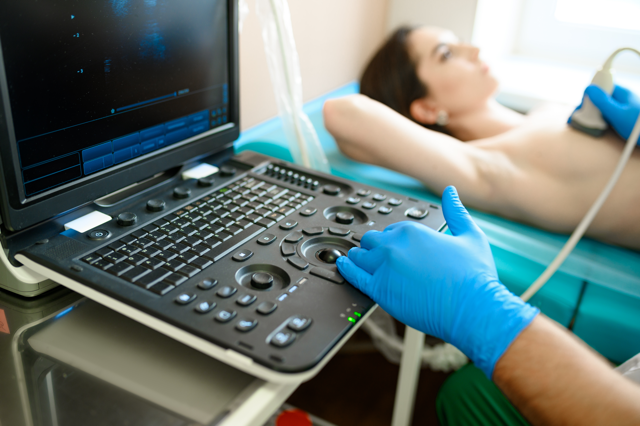- Agriculture
- Antibiotic/anti-viral
- Biologics
- Biomarkers
-
By Clinical Application
×
- Anesthesiology
- Blood & Lymphatic Disease
- CNS & Neurosciences
- Dermatology
- Diabetes, Metabolism, Endocrinology & Obesity
- Ear, Nose, & Throat
- Emergency Services
- Gastroenterology & Digestive Disease
- General & Plastic Surgery
- Health Education, Medical Training and Operations
- Heart and Vascular
- Immunology, Autoimmune & Inflammation
- Infectious Diseases
- Mental Health
- Multiple clinical applications
- Musculoskeletal Disorders, Orthopedics/Bone
- Nephrology/Renal
- Oncology
- Ophthalmology
- Orphan Diseases
- Pediatrics
- Physical Medicine & Rehabilitation
- Radiology
- Regenerative Medicine / Tissue Engineering
- Reproductive Health: Obstetrics & Gynecology
- Respiratory & Pulmonary
- Surgery
- Transplantation
- Urology
- Wound Healing
- COVID-19
- Creative Works
- Diagnostics ×
- Drug Delivery
- Drug screening and discovery
- Energy, Cleantech & Environmental
- Engineering & Physical Sciences
- Gene therapy
- Imaging
- Materials
- Medical Devices
- Nutraceuticals
- Other
- Research & Design Tools
- RNAi/siRNA
- Sensors & Controls
- Small molecules
- Software & Information Technology
- Stem Cells
- Vaccines
- Veterinary Medicine
New small molecules targeting castration-resistant prostate cancer
Unmet Need Prostate cancer (PC) is the second most common male cancer globally and represents 15% of all cancers diagnosed in males. An estimated 34,700 deaths were predicted to occur from PC in the U.S.…
Gene expression assay to determine radiation exposure
Unmet Need Ionizing radiation poses a significant risk as an environmental hazard and is linked to the development of multiple cancers in adults and children. Healthcare professionals, nuclear power plant employees, and research scientists are…
Methods and compositions to sense m6A RNA modifications using a genetically encoded sensor
Unmet Need Gene expression is highly regulated through the addition of chemical modifications to RNA molecules. One such modification is methylation of adenosine residues to form m6A, a modified nucleotide which is found in thousands…
Leukocyte phenotyping methods to provide prognostic information and risk/resilience stratification for surgical procedures and critical illness
Unmet Need It is estimated that surgical complications arise in 16.4%, or almost 1 in 6 surgical procedures in the United States. Most complications have an immunological basis related to infection or aberrant adaptation to…
Connecting cardiac and respiratory 3DCT imaging for 5DCT heart motion management
Unmet Need Ventricular tachycardia (VT) is a primary condition of heart disease noted as an irregularity of heart rhythm due to improper electrical signaling in the ventricles that causes an abnormally high heart rate. VT…
A simple blood test that can predict heart failure earlier than current methods
Unmet Need Heart failure is the leading cause of morbidity and mortality in the developed world. Approximately 50% of the US population over the age of 45 is expected to have preclinical heart failure, and…
A humanized pro-N-cadherin antibody that can be used for treating and predicting heart failure
Unmet Need Heart failure is the leading cause of morbidity and mortality in the developed world. Approximately 50% of the US population over the age of 45 is expected to have preclinical heart failure, and…
A novel immune competence blood test to predict responsiveness of tumors to cancer immunotherapy
Unmet Need Cancer immunotherapy provides great advantages over traditional cytotoxic chemotherapy and radiation with more durable clinical outcomes and an improved quality of life. The number of US patients eligible for immunotherapy was estimated to…
Breast cancer risk prediction technology using genomic classifier
Unmet Need The earliest form of breast cancer, ductal carcinoma in situ (DCIS), is diagnosed in almost 50,000 people in the U.S. each year. DCIS is considered noninvasive, as abnormal cells have not spread out…
A smartphone-based detector for mobile health applications
Unmet Need It is estimated that there are over 6 billion smartphone users worldwide, which translates to almost 83% of the world’s population. Due to their widespread use, smartphones present a golden opportunity to redefine…
A genomics-based method to identify cancer patients that will benefit from immune checkpoint therapy
Unmet Need Non-small-cell lung cancer accounts for 82% of all lung cancer diagnoses. Immune checkpoint blockade treatment is an exciting new course of action among advanced stage non-small-cell lung cancer patients. However, only a minority…
Genomic Biomarkers of Locally Advanced Breast Cancer (LABC) and Inflammatory Breast Cancer (IBC)
Unmet Need Locally advanced breast cancer (LABC) and inflammatory breast cancer (IBC) are associated with high 5-year mortality rates (respectively 55% and 33%), especially when compared to early-stage breast cancers (~80%). LABC and IBC are…











